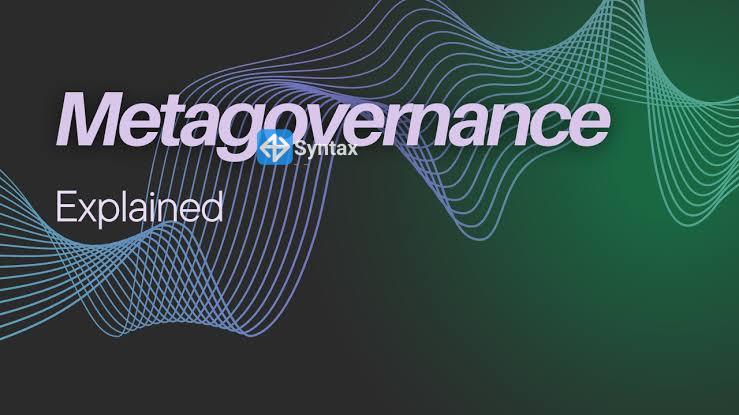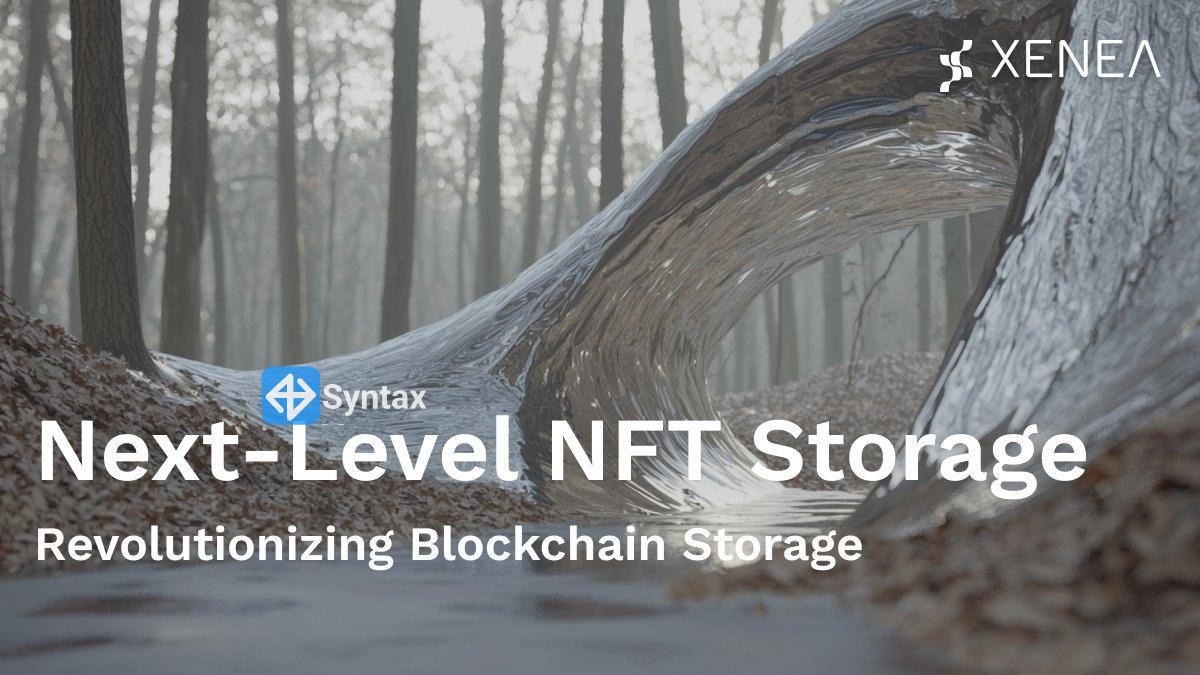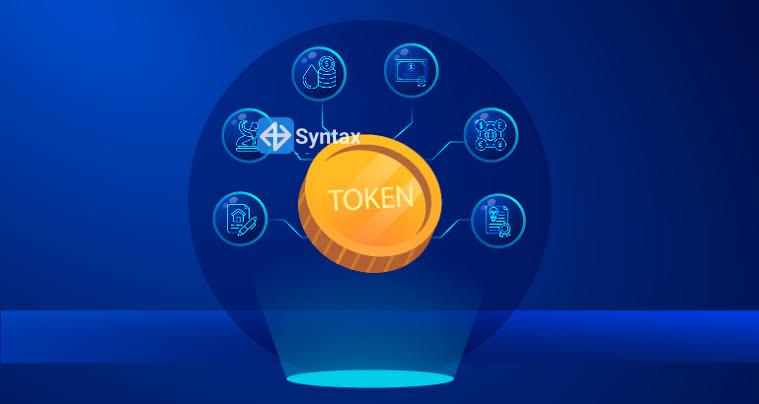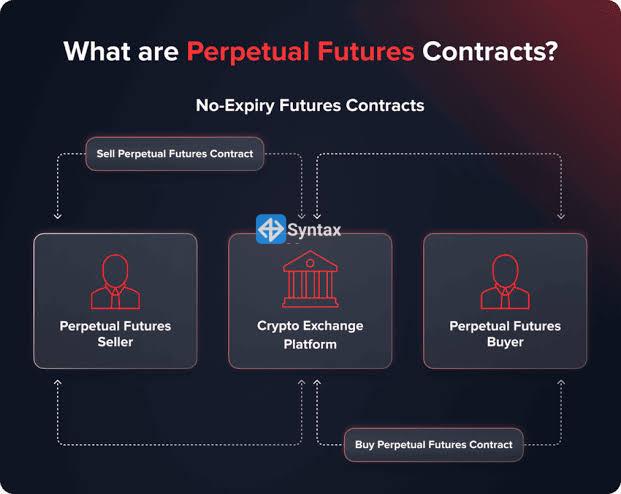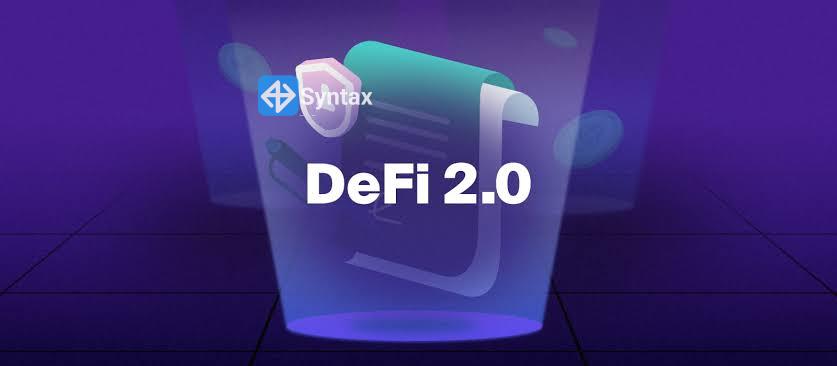The world of decentralized finance (DeFi) is constantly evolving, and one of its most exciting innovations is Liquid Staking. If you’ve ever staked your crypto and felt frustrated because your tokens were locked and inaccessible, liquid staking offers a modern solution to that problem.
In this article, we’ll explore what liquid staking is, how it works, and why it’s gaining momentum among DeFi users and long-term holders alike.
What Is Liquid Staking?
Liquid staking is a DeFi mechanism that allows users to stake their tokens to earn rewards while still maintaining access to those tokens in a liquid form. Unlike traditional staking, where your assets are locked and can’t be used for a specific period, liquid staking gives you a tokenized version of your staked assets that you can trade, lend, or use in other DeFi activities.
In simple terms, you earn staking rewards without sacrificing liquidity.
How Does It Work?
Here’s how liquid staking typically works:
- You stake your crypto (like ETH) with a liquid staking platform (e.g., Lido, Rocket Pool).
- You receive a liquid token in return (e.g., stETH for Ethereum) that represents your staked amount plus accrued rewards.
- You can use that token across the DeFi ecosystem, trade it, provide liquidity, or use it as collateral all while continuing to earn staking rewards.
- When you want to unstake, you can redeem your liquid token for the underlying staked crypto, including any rewards.
Why Liquid Staking Matters
1. No More Lock-Ups
With traditional staking, your tokens are locked and can’t be moved until the staking period ends. Liquid staking changes that by keeping your funds productive and available at the same time.
2. Boosted Earning Potential
Since you can use your liquid staking tokens in other DeFi services (like lending or yield farming), you can multiply your earning opportunities.
3. Greater Flexibility
Liquid staking is especially useful during volatile markets or when you want to move quickly. You're no longer stuck waiting for an unstaking period to access your funds.
4. Better Capital Efficiency
Your crypto works for you in multiple ways at once, earning staking rewards while being tradable or usable across platforms. This is a game-changer for long-term holders.
Risks to Consider
Liquid staking isn’t without risks. These include:
- Smart contract vulnerabilities in the platform you use.
- De-pegging risk, where your liquid token trades below the value of the underlying staked asset.
- Platform risk, since your rewards depend on the performance and trustworthiness of the staking service.
Whether you're a long-term holder or a DeFi enthusiast, understanding liquid staking can help you make smarter, more efficient moves in the world of crypto.




